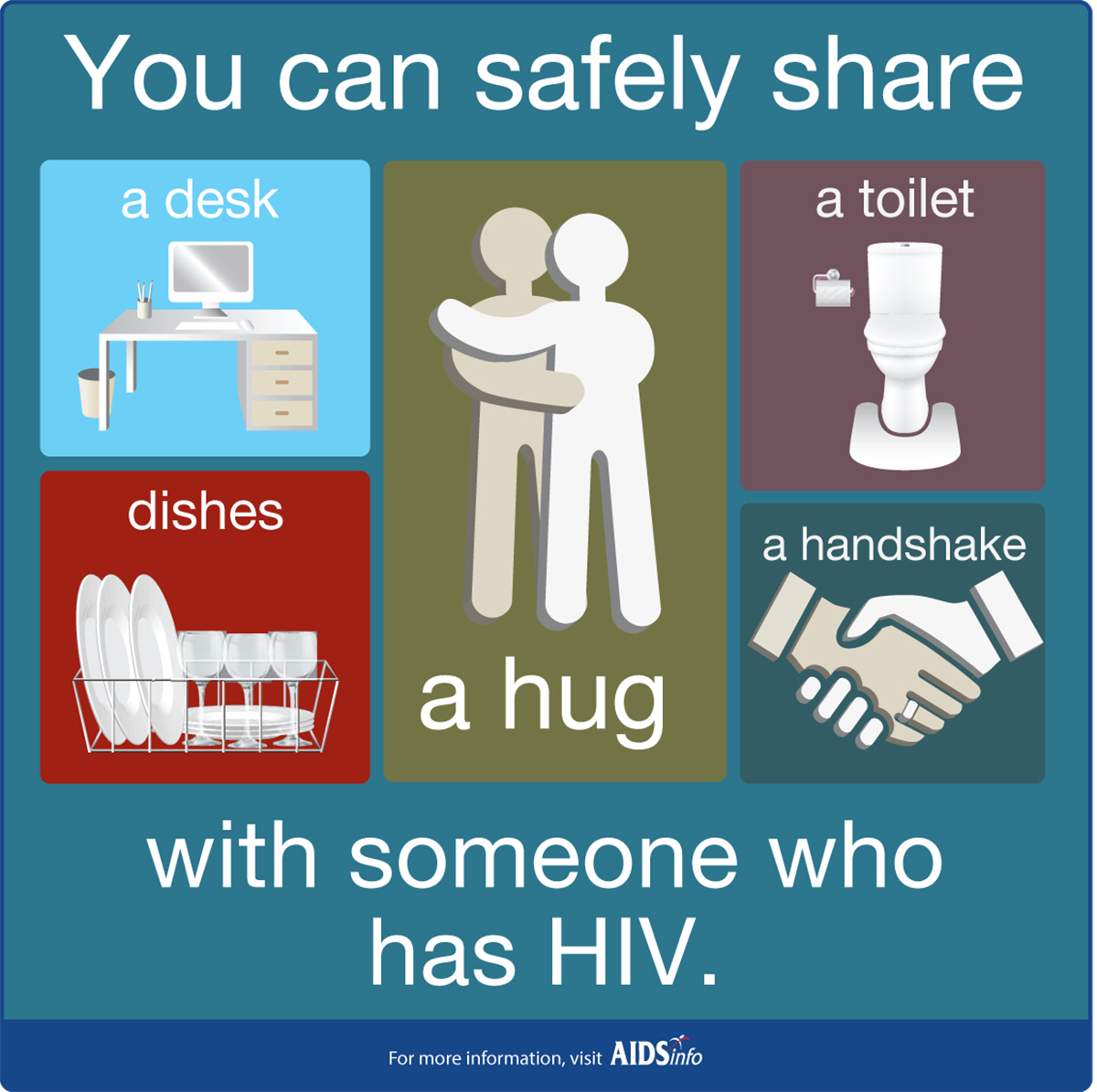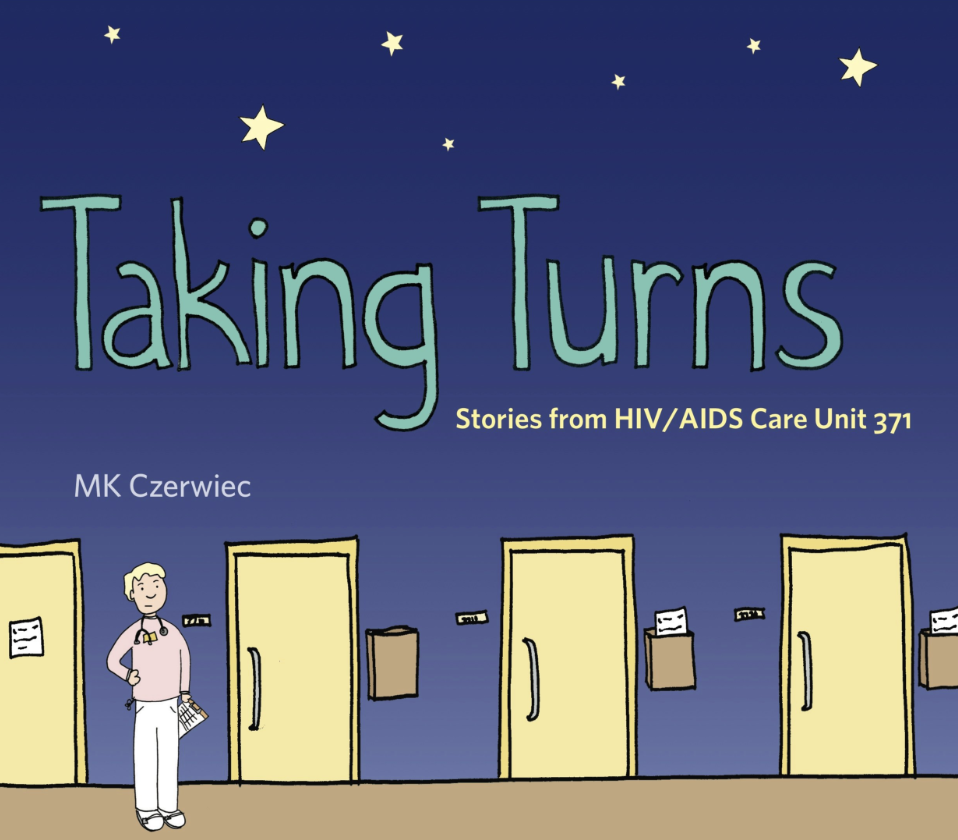HIV-AIDS
Breadcrumb
Discover How to Reduce the Stigma

Since first observed 40 years ago, scientific research has led to progress in preventing and treating HIV/AIDS. Advancements in medicine and information sharing have helped people with HIV live long, healthy lives, and have helped prevent HIV transmission. World AIDS Day recognizes those global efforts.
But don't wait for a special day to celebrate and inform. Each and every day you can reduce the stigma and discrimination often associated with HIV/AIDS.
Discover an NNLM Reading Club book now and get the conversation started.
 Discover MedlinePlus
Discover MedlinePlus
MedlinePlus is a service of the National Library of Medicine, the largest biomedical library in the world. Use Medlineplus.gov anywhere, anytime, on any device - for free - to discover high-quality health and wellness information that is reliable, easy to understand, and free of advertising, in both English and Spanish.
Discover information on:
Also discover MyHeathfinder.gov to learn how to Get Tested for HIV.
Discover NIH
 The National Institutes of Health (NIH), a part of the U.S. Department of Health and Human Services, is the nation’s medical research agency — making important discoveries that improve health and save lives. NIH is made up of 27 Institutes and Centers, each with a specific research agenda, often focusing on particular diseases or body systems.
The National Institutes of Health (NIH), a part of the U.S. Department of Health and Human Services, is the nation’s medical research agency — making important discoveries that improve health and save lives. NIH is made up of 27 Institutes and Centers, each with a specific research agenda, often focusing on particular diseases or body systems.
- National Institute of Allergy and Infectious Diseases (NIAID) is the primary NIH organization responsible for research to understand, treat, and prevent HIV/AIDS
- National Center for HIV/AIDS, Viral Hepatitis, STD, and TB Prevention (NCHHSTP)
- NIH Office of AIDS Research
Discover More
However, more progress is needed: a cure is yet to be discovered and HIV remains a health threat because people don’t know the facts about how to protect themselves and others.
How to help?
Increase awareness and knowledge in support of those living with HIV, and help prevent HIV by sharing the facts.
What is HIV? It is the human immunodeficiency virus.
How does HIV spread? The virus spreads through contact with certain body fluids.
What does the virus do? It attacks the body’s immune system reducing the number of CD4 cells often called T cells.
What happens if untreated? Over time, HIV can destroy so many CD4 (T cells), opportunistic infections or cancers take advantage of the weak immune system and signal that the person has AIDS.
Is HIV curable? No effective cure exists for HIV. However, HIV can be controlled and people can live with HIV if given the proper treatment and care.
Who has HIV/AIDS? Some groups of people in the United States have been disproportionately affected by HIV.
Source: Centers for Disease Control and Prevention - HIV Basics
Exhibit Surviving and Thriving: AIDS, Politics, and Culture is a National Library of Medicine traveling exhibition. It explores the rise of AIDS in the early 1980s and the evolving response to the epidemic over the last 30 years.
Information To supplement any health program or event, download and share trustworthy and free resources from the National Library of Medicine, affiliated government agencies, and non-profit associations to help stop HIV stigma and promote testing, prevention, and treatment.

Fact Sheets
- HIV 101 (PDF)
- HIV and AIDS: What's the Difference?
- Living with HIV: Steps to Better Health
- Three Things to Know About HIV Treatment
- You Can Safely Share
- Let’s Stop HIV Together
Services
- HIV/AIDS Programs and Services (American Psychiatric Association)
- HIV Testing Sites & Care Services Locator is a location-based search tool for finding testing services, housing providers, health centers, and other service providers.
- National Resource Center on LGBT Aging is a technical assistance resource center aimed at improving the quality of services and supports offered to lesbian, gay, bisexual and/or transgender older adults.
- The Ryan White HIV/AIDS Program helps more than half a million people living with HIV who have no insurance or are underinsured find primary medical care and essential support services.
Featured Books



Terms of use: Network of the National Library of Medicine (NNLM) staff offer these health discussion resources for educational use. The materials included do not necessarily reflect the views or opinions of the author, publisher, or the sponsoring agencies of the National Library of Medicine (NLM) and the National Institutes of Health (NIH).

